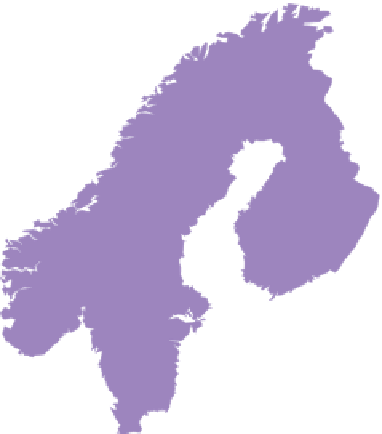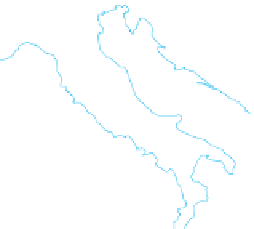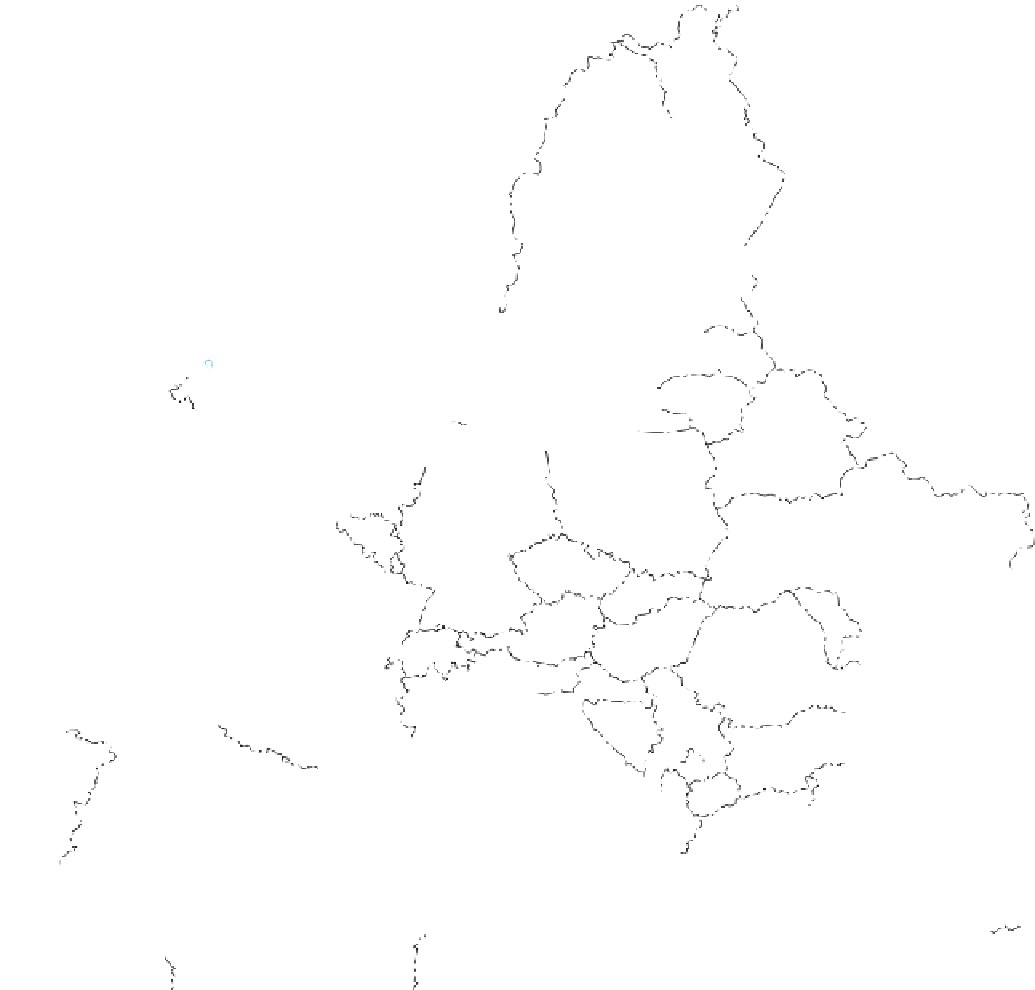Geography Reference
In-Depth Information
Figure 8.24
European Supranationalism.
Members of the European Union and their dates of entry.
Data
from:
the European Union, www.europa.eu.int ©H. J. de Blij, P. O. Muller, and John Wiley & Sons, Inc.
20
°
10
°
0
°
10
°
20
°
30
°
EUROPEAN UNIFICATION
Original EEC members
(joined 1958)
Later EC/EU members
(joined 1973-2007)
Discussions in progress
No early prospects
Countries voting
against membership
S
WED
Euro adopters as of
Jan. 1, 2011
1995
0
200
400
600 Kilometers
0
100
200
300 Miles
1990
CZECH
R
EPUBLIC
2
2
AUSTRI
A
19
95
2
SLOVENIA
2
004
CROATIA
BOSN
IA
ITALY
AL
BANIA
MALTA
2004
0
°
10
°
20
°
30
°
Longitude East of Greenwich
its coffers. The European Union is extending into foreign
relations, domestic policies, and military policies, with
sovereignty over certain issues moving from the states to
the European Union. One of the authors of this topic has
studied the degree to which Europeans in some regions
are feeling a greater attachment to their region and to
the European Union than to their own state (Fig. 8.26).
Identifying with the European Union (over the state) is
strong in the Benelux countries (the fi rst members) and in
regions where people have been disempowered by their
state governments. With the European Union, we may be
witnessing a transformation to a new political geographic
construct that signifi es a change in the political organiza-
tion of space similar to the transformation to the modern
state system that occurred in Europe in the seventeenth
century.
Other movements in addition to the European
Union are posing major challenges to the state as we
know it and raising questions as to whether the division
of the world into territorial states is logical, effective, or





































































































































































































































































































